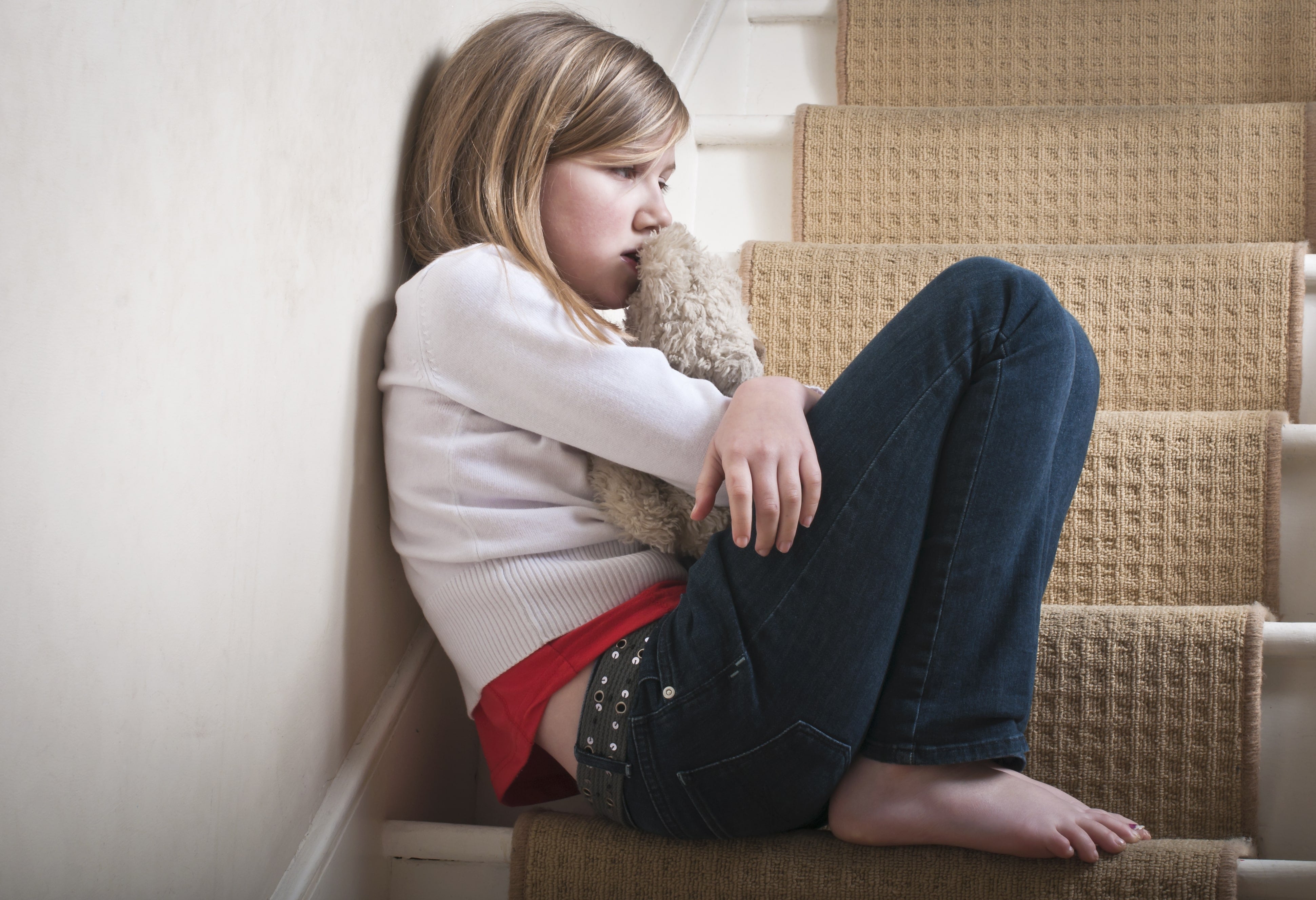Body dysmorphic disorder (BDD) is part of a cluster of diagnoses called the obsessive-compulsive and related disorders. Obsessive-compulsive and related disorders are a group of psychiatric conditions that include:

These disorders are characterized by the occurrence of repetitive behaviors, often called compulsions. Individuals with obsessive-compulsive disorder might engage in compulsive behaviors such as excessive washing, checking, arranging, or counting. Individuals with body dysmorphic disorder might engage in frequent checking of their appearance in the mirror, or excessive grooming-related behaviors. Individuals with hoarding disorder may engage in excessive acquiring of objects, combined with a strong need to save items. Individuals with trichotillomania engage in excessive hair pulling, and individuals with excoriation disorder engage in excessive skin picking.
In some cases, the obsessive-compulsive and related disorders are also characterized by intrusive, unwanted, or distressing thoughts, called obsessions, which come to mind again and again. People with obsessive-compulsive disorder might have obsessive thoughts about dirt or germs, thoughts of harming others, fears of making mistakes, or distress about things being out of order. People with body dysmorphic disorder have repetitive, negative thoughts about their own appearance. However, people with certain other obsessive-compulsive and related disorders (such as trichotillomania or excoriation disorder) often do not experience obsessive thoughts.

BDD is a complex psychiatric condition that is thought to affect 1.7% to 2.4% of the general population. It is difficult to know how common BDD is because people with the disorder are often unwilling to talk about their concerns. However, estimates of the prevalence in youth indicate that approximately 2% of adolescents meet criteria. The condition usually begins in early adolescence. Available data are limited but indicate that the clinical features of BDD are very similar in adults and youth.
BDD is characterized by two main symptoms:
A preoccupation with an aspect of one's appearance is usually defined as thinking about the perceived defects for at least an hour a day. To meet criteria for BDD, the appearance flaws must not be easily noticeable or clearly visible at conversational distance. Preoccupations may focus on any body area and most often concern the skin (e.g., scarring, acne) and hair (e.g., balding, excessive facial or body hair). Concern with multiple body areas is common.
Repetitive compulsions focused on the perceived physical anomaly may be behavioral and observable by others. For example, the compulsions can include obsessively examining oneself in the mirror, excessively grooming to hide or fix the perceived flaw, or frequently seeking reassurance from others. Compulsions can also be mental acts, such as comparing one's appearance with that of other people.
Appearance preoccupations and associated compulsive behaviors become a clinical problem when they cause distress or impairment in functioning in social, academic, or other important areas of life. This distress and impairment criterion helps to differentiate BDD from more typical appearance concerns that usually do not require intervention.
BDD must also be distinguished from symptoms of an eating disorder. Unlike distorted body image seen in eating disorders, BDD involves focusing on a specific body part or feature. Individuals who meet criteria for an eating disorder and only have appearance concerns that focus on excessive fat or weight would not be diagnosed with BDD. However, concerns with fat or weight in a person of normal weight can be a symptom of BDD, and the condition can be diagnosed if criteria for an eating disorder are not met.
Clinicians assessing BDD should also determine whether the individual meets criteria for the muscle dysmorphia form of BDD, which is diagnosed if the individual is preoccupied with concerns that his or her body build is too small or insufficiently muscular. These individuals may also be preoccupied with other body areas. Individuals with the muscle dysmorphia form of BDD have been shown to have poorer quality of life and higher rates of suicidal behavior and substance use disorders.
Clinicians should also assess the level of the individual's insight regarding his or her beliefs. Some individuals with good insight recognize that their beliefs are not true. However, most individuals with BDD have poor or absent insight and are entirely convinced that their beliefs about the appearance of disliked body parts are true. Many individuals with the condition have delusional appearance beliefs (e.g., total conviction that they look disfigured). There is evidence that adolescents with the disorder may have poorer insight and more delusional beliefs compared to adults.

Though the severity of BDD can vary, individuals with BDD are typically severely distressed and impaired, often to a debilitating degree. Youth with BDD often have very poor psychosocial functioning and quality of life. They may avoid activities, drop out of school, or stop working, and they often avoid dating and other social interactions. Some youth with BDD become extremely isolated and even housebound for years. Youth with BDD often have poor self-esteem. Compulsive skin picking aimed at improving the skin's appearance can cause significant lesions and scarring, bodily injury, and even life-threatening injuries.
Individuals with BDD may undergo unneeded cosmetic surgery, dental procedures, or dermatological procedures to correct the perceived flaw. BDD in youth is often comorbid with other psychiatric conditions, particularly major depressive disorder, substance use disorders, social phobia, and obsessive-compulsive disorder. In addition, suicidality and aggression are common among youth with BDD.
BDD is characterized by abnormalities in several areas of cognitive functioning, including deficiencies in memory, decision-making, visual and emotional processing, and higher-level regulation and control. Possible abnormalities in neurotransmitter systems, particularly the serotonin system, may also contribute to many of the symptoms. BDD runs in families and likely has a genetic component. However, having a genetic predisposition to BDD does not necessarily mean that someone will develop the disorder.

The United Kingdom's National Institute for Health and Clinical Excellence has published a treatment practice guideline for body dysmorphic disorder.
Currently, clinical research suggests that the most promising treatment for adults with BDD is cognitive-behavioral therapy (CBT). CBT for body dysmorphic disorder involves building motivation, challenging unhelpful thoughts and beliefs, exposure to avoided situations, and response prevention (e.g., not seeking reassurance from others).
The treatment practice guideline on OCD and BDD from the United Kingdom's National Institute for Health and Clinical Excellence (National Health Service) recommends CBT as a first-line treatment for BDD in children and adolescents. However, CBT for youth with BDD has not been developed or tested through research. Therefore, the current status of CBT interventions in children and adolescents with BDD is experimental. Other types of psychosocial interventions for BDD are virtually unstudied and are not recommended as monotherapy for BDD.
Regarding medication, no rigorous studies currently exist on the efficacy of pharmacotherapy for BDD in children and adolescents. However, SSRIs may reduce associated symptoms of anxiety and depression for youth with BDD who experience these comorbid conditions. Practice recommendations also state that SSRIs may be considered for the treatment of BDD if a child and/or the family is unable or unwilling to engage in CBT.
Research indicates that 41% to 63% of youth with BDD seek dermatological, surgical, dental, or other cosmetic treatment for BDD concerns. These procedures are almost always ineffective for improving BDD symptoms, and some individuals develop new appearance concerns in response. Therefore, cosmetic treatment is not recommended for youth with BDD.
The treatment practice guideline on OCD and BDD from the United Kingdom's National Institute for Health and Clinical Excellence (National Health Service) recommends CBT as a first-line treatment for BDD in children and adolescents. However, CBT for youth with BDD has not been developed or tested through research. Therefore, the current status of CBT interventions in children and adolescents with BDD is experimental. Other types of psychosocial interventions for BDD are virtually unstudied and are not recommended as monotherapy for BDD.
Regarding medication, no rigorous studies currently exist on the efficacy of pharmacotherapy for BDD in children and adolescents. However, SSRIs may reduce associated symptoms of anxiety and depression for youth with BDD who experience these comorbid conditions. Practice recommendations also state that SSRIs may be considered for the treatment of BDD if a child and/or the family is unable or unwilling to engage in CBT.
Research indicates that 41% to 63% of youth with BDD seek dermatological, surgical, dental, or other cosmetic treatment for BDD concerns. These procedures are almost always ineffective for improving BDD symptoms, and some individuals develop new appearance concerns in response. Therefore, cosmetic treatment is not recommended for youth with BDD.